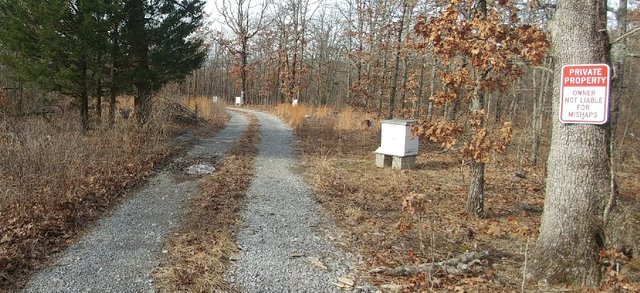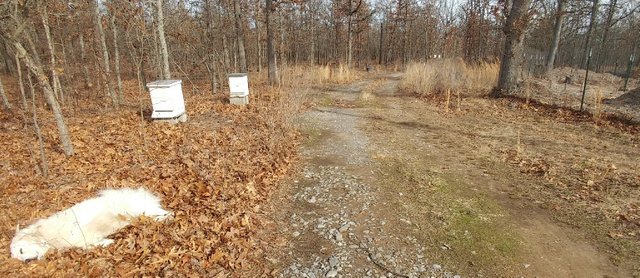Honey for nutrition, healing & defense
The most widely known thing about honey is it being a healthy natural sweetener. However, that is often not be the case with store bought honey. The FDA supports beekeepers who cheat their customers by feeding HFCS (high fructose corn syrup) to bees while the honey collection boxes are on. According to that agency which claims to be concerned for your health, if the bees take the feed home and mix it with honey, resulting in a large proportion of HFCS, it can still be labelled as honey meeting FDA requirements. The FDA is a full partner in fooling most people into thinking HFCS laden honey is healthy. If you’ve done any research on the very negative health consequences of HFCS upon a sizable fraction, if not most, of society, then you’re probably shocked. You should be upset about how the FDA has caused you to be misled about unhealthy, adulterated honey, which should be one of the most wholesome foods.
Fortunately, you can avoid this health danger supported by the FDA partners of big agriculture. Simply make sure you buy honey from a reputable local beekeeper. It's common for local commercial beekeepers to feed HFCS to bees during winter and the summer dearth. They will not cheat the honey buyers by feeding when the bees don’t need feed, especially when the honey collection boxes are on the hives. A good beekeeper won’t mind if you ask when they feed the bees, to be assured of good honey. Make sure you know your beekeeper or the practices used by the beekeeper that harvests your local honey.
Local honey contains pollen from what grows in your area and that is what you should want. Not clover honey, or any other kind of honey from somewhere else. You want the local stuff made by bees who are collecting everything that grows in the area. This exposes you to small amounts of all the pollens in your area to help reduce allergy problems. If its full of HFCS, you get less pollen, and its probably not even local pollen, adding health insult to nutritional injury.
A subtler but important thing to keep in mind is when the honey was harvested. In most places there is a summer harvest and a fall harvest. The summer harvest honey contains the pollen from the spring up to the time of the harvest. Likewise, the fall harvest honey contains the pollen from late summer until the first good freeze. Unfortunately, summer harvest honey is what you’re most likely to buy in the fall when its pollen is much less likely to help with allergies. Likewise, fall honey is most of that on the shelf in the spring. To get your honey consumption in sync with the seasonal pollen, stock up on summer harvest honey and save it until spring and, likewise, save some fall harvest honey until the following summer.
Honey is also an amazing disinfectant. I learned this as a young boy after my grandfather seriously burned his hand with a welder. He put a lot of honey on it, wrapped it in gauze and it healed just fine. My mom and aunt were horrified, but he didn’t go to the doc, as usual, and was fine, aside from a nasty scar he would have had anyway.
Besides the nutrition and health benefits of having your own bee hives, they’re also great for natural home security and defense. If you have a nice long driveway, you can place a few hives along it, preferably where they catch the morning sun and some afternoon shade.

Bees tend to take off across the open area of the pathway being guarded. Likewise, place some hives at other most likely approaches to your home. If you keep gates locked when not expecting guests and have obstructions that funnel people to the path by the hives, intruders are likely to have to walk through bees. You can work this into a permaculture plan with thorny blackberry patches or something like that. Most potential intruders don’t realize walking through honey bees is not a problem, if you don’t swat at them and have on something to prevent them from getting tangled in your hair. This provides a layer of security in the daytime when bees are active, above 50°F, and the dogs may be napping.

That may sound like a lot of hives. However, it’s best to start with no less than four, because you’re going to lose some by the next spring, due to beginner mistakes. If you have only a single hive remaining after your first winter, as I did, you can make splits to get back to at least 4 by summer, but without a honey harvest. Will post on that another time. Alternatively, you could find a local beekeeper looking for places to set hives.
Back to the defense aspect of bees. Just having active bee hives along the paths to your home is going to dissuade a good portion of nefarious types, as does a big barking dog in the night without any lights on. Most people won’t walk through a lot of busy bees coming and going across the path ahead. If any aggressors are bold enough to continue approaching your home after being warned away and its above freezing (so the bees can leave the hive in numbers, day or night to defend the hive) the intruder may wish they hadn’t. After determining that an someone on your property is aggressing against you or your property, get out your 22 rifle that you should have practiced with to proficiency. Preferably, it’s loaded with FMJ bullets that just make a nice small hole in a 3/4-inch thick board. Wait until the aggressor is within about 20-feet of a hive, while leaving a clear shot at the hive, without any possibility of hitting anyone (you should have considered lines of fire when placing the hives). From a covered position away from your home, in case of return fire, shoot the hive in the middle of a side where it will be easy to patch up. The aggressor, and their friends, are very unlikely to return.
That’s probably enough for this post. Will be back with more interesting beekeeping information soon. Hope this helps other homesteaders stay healthy and safe. Look forward to your comments.
If you enjoyed this post, please go vote for @homesteaderscoop to win a 20k SteemPower delegation at https://dpoll.xyz/detail/@theycallmedan/which-steem-project-should-i-delegate-20k-steempower-to-for-1-year/

Visit our store at Homesteaders Co-op
Buy With Steem, SBD or USD
.
Want to sell sustainable, handmade products in the Homesteaders Co-op?
Learn more and apply here